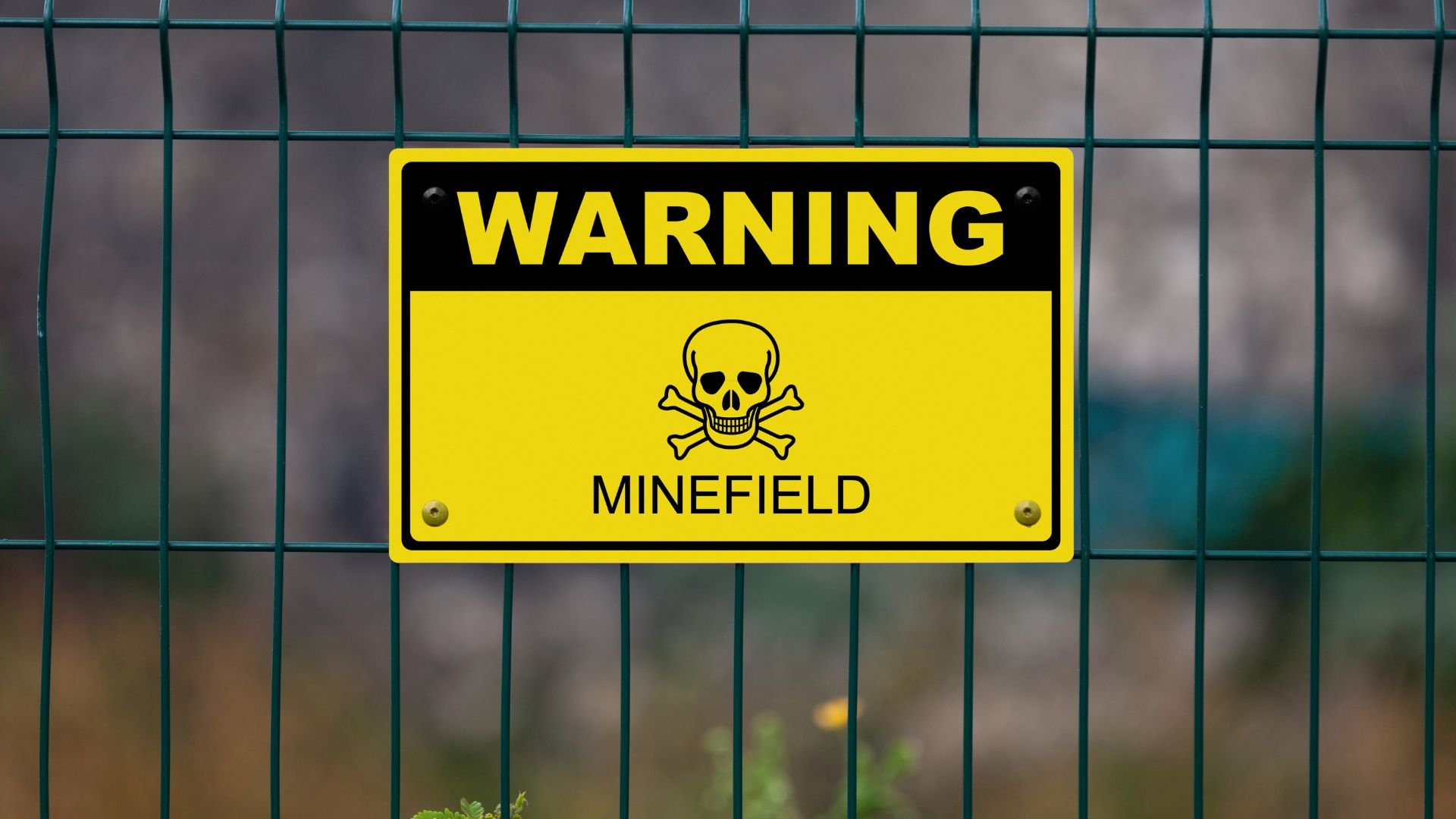The Parenting Tightrope Challenge: Walking the Fine Line Between Wholehearted Acceptance and the Need for Change
Parenting often feels like walking a tightrope between loving your child as they are and guiding them to grow. Balancing acceptance and change is essential for building self-esteem, fostering resilience, and creating a nurturing environment where your child can thrive. It’s not about choosing one or the other—it’s about embracing both to support their journey.
Supersensers Unmasked. Recognizing Deeply Feeling Kids
Does your child feel things more deeply than others, reacting intensely to even minor events? These 'supersensers' need extra patience, validation, and tailored strategies to thrive. Learn how to recognize their unique traits and provide the support they need to navigate big emotions with confidence.
Is the Gold Standard Being Challenged? SPACE vs CBT: A New Contender in Treating Childhood Anxiety
CBT has long been the gold standard for treating childhood anxiety, but the SPACE approach offers a revolutionary alternative. By focusing on reducing parental accommodation and empowering parents as agents of change, SPACE has shown comparable effectiveness to CBT in studies, offering a viable option for children who struggle with traditional therapy methods.
The Science of Anxiety Relief for Kids: What to Expect from CBT
Cognitive-behavioral therapy (CBT) is the gold standard for treating childhood anxiety, helping kids identify triggers, challenge negative thoughts, and develop coping strategies. Learn how CBT empowers children and teens to manage their anxiety, improve their quality of life, and build lifelong emotional resilience.
When Anxiety Strikes: Why Some Kids Are More Anxious Than Others
Why are some kids more anxious than others? Anxious children tend to overestimate the likelihood and severity of negative outcomes while undervaluing positive possibilities. Understanding their thought patterns and validating their fears is the first step to helping them face and manage anxiety effectively.
Conquering Childhood Anxiety: A Guide to Effective Treatment Options for Parents and Caregivers
Childhood anxiety affects millions of kids, but evidence-based treatments like CBT, PCIT-CALM, SPACE, and the Safe and Sound Protocol (SSP) offer hope. These therapies empower children to manage their worries and build resilience, supported by engaged and informed parents.
Unplug to Recharge: Empowering Teens to Take Control of their Mental Health and Technology Use
Teens live in a world of constant connectivity, but this tech-filled lifestyle can take a toll on their mental health. From managing FOMO to navigating social media, parents can support their teens by setting boundaries, encouraging breaks, and fostering healthy technology habits that promote balance and emotional well-being.
Meadow or Minefield? Helping Children and Teens Find Flexibility and Resilience in Face of Anxiety
For children and teens with anxiety, life can feel like walking through a minefield, where every step is filled with potential danger. Helping them build flexibility and resilience is key to expanding their world and navigating challenges with confidence and calm.








